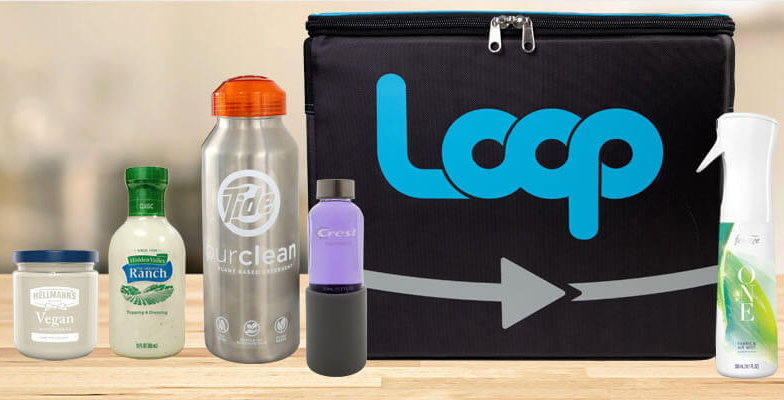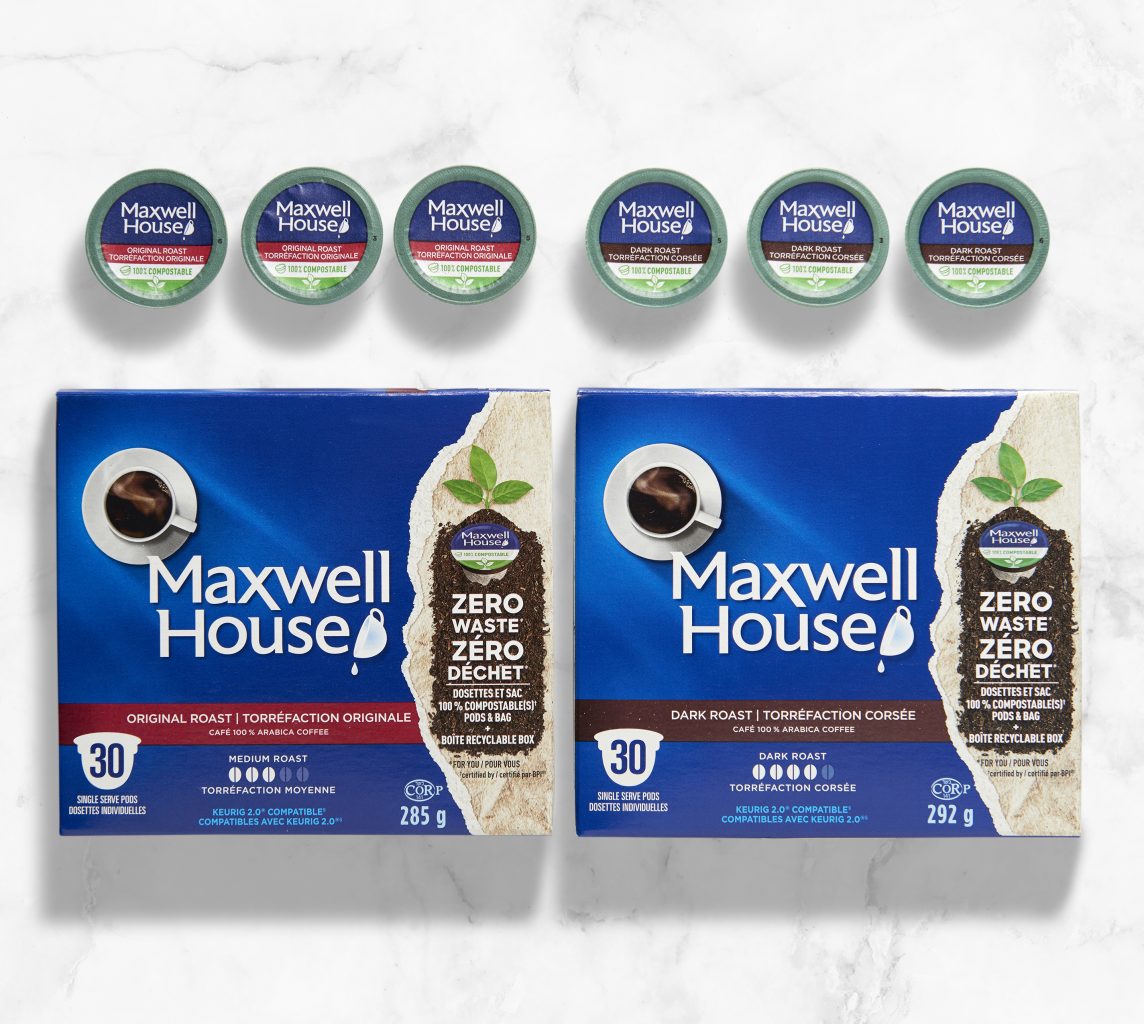The wellness industry is booming. From yoga-mats and home gyms to the ever-growing organic aisle of the supermarket, consumers are seeking out products that encourage and nurture their wellbeing. As the industry grows, so does the need for a cohesive brand image that promotes wellness values. As always, product packaging speaks volumes- and for brands to maintain credibility, they must ensure their packaging mirrors the philosophy of their products. Simply stated, if wellness promotes the health of mind and body, then its packaging must also embody the health of the environment it is made from.
Sustainability and mass-consumption generally lie on opposing ends of production. However, as consumers shift towards a preference for conscious-consumption, brands need to find a happy medium between the two. Consumer packaged goods have a longstanding history of contributing to massive amounts of waste. Packaging alone accounts for half of the global total of plastic-waste.
As conscious-consumption roots itself into mainstream culture, brands need to adapt by reevaluating the message their packaging sends to consumers. While often (erroneously) seen as the unattainable ideal, the re-design of packaging to fit sustainability standards is a worthwhile endeavor. A survey done by IBM indicates that over 70 percent of sustainability-focused purchasers are willing to pay 35 percent more for eco-friendly packaged goods. There is a huge demand for sustainably produced goods, and brands are losing out by not hopping on board.
Leveraging Sustainability to Grow your Brand
As the demand for wellness products goes up, so does the need for sustainably-sourced supply. The common misconception is that eco-friendly products and cost-effectiveness are incompatible. However, multiple studies have proven otherwise.
Transitioning packaging from waste-heavy to sustainable is not only beneficial for the environment but is also widely proven to bring increased revenue and respectability to your brand. NYU Stern CSB conducted a study indicating that 50 percent of CPG growth from 2013-2018 came from sustainability marketed products. Furthermore, a brand that not only advocates for the environment but also takes direct action, builds respectability and trust among consumers. 81 percent of consumers consider sustainability to be “extremely” or “very important” when it comes to their purchasing choice.
Brands Doing it Right: The Marriage of Retail and Sustainability
Wellness and beauty staple, Lush, has successfully embodied the sustainability narrative. From the source of their ingredients to participation in social initiatives, Lush has engineered a brand that places sustainability at the forefront of their customers’ minds. Of course, Lush has the benefit of building their entire brand around sustainability from the get-go, however, wellness brands can definitely take a few tips from their strategy. For one, Lush has proven that choosing ethically produced materials does not diminish the overall quality. Likewise, by incorporating sustainability into their brand, Lush benefits from being part of a movement that is only growing stronger as consumers grow aware of the necessity of environmental protection.
There is also the transition of non-wellness-related brands moving towards sustainable packaging. Nestlé, for example, has committed to using 100 percent recyclable or reusable packaging by 2025.
Additionally, Canadian retail giant Loblaws is partnering with Loop, an American company focused on reducing waste and moving towards a sustainable future. The partnership will allow typically single-use grocery items to be re-used through a “milkman” system. If the project is a success, it will mark a huge step forward for sustainability in retail.

It’s Time to Take the Leap
Delving into the world of sustainability doesn’t have to be daunting. There are a plethora of feasible solutions that brands can employ. Likewise, brands that don’t typically exist within the realm of wellness can still participate in eco-initiatives. Take SLD’s work with Maxwell House as a prime example. Maxwell House repurposed the traditional single-use coffee pod into a 100 percent compostable pod. Even the packaging the pods come in is entirely recyclable. The redesign marks a major improvement in an area of CPG that traditionally produces lots of waste. All of this progress proves that seeing sustainability across the board is a realistic goal.

Ultimately, the wellness & sustainability movement will only grow in demand- and brands must adapt. Sustainable packaging needs to become the brand standard across the board- not just a bonus. As we progress further into the decade, we’ll see more and more brands make the transition to eco-friendly design. The shift is a positive and hopeful indication of a world where both consumers and brands work to preserve the environment instead of diminishing it.

